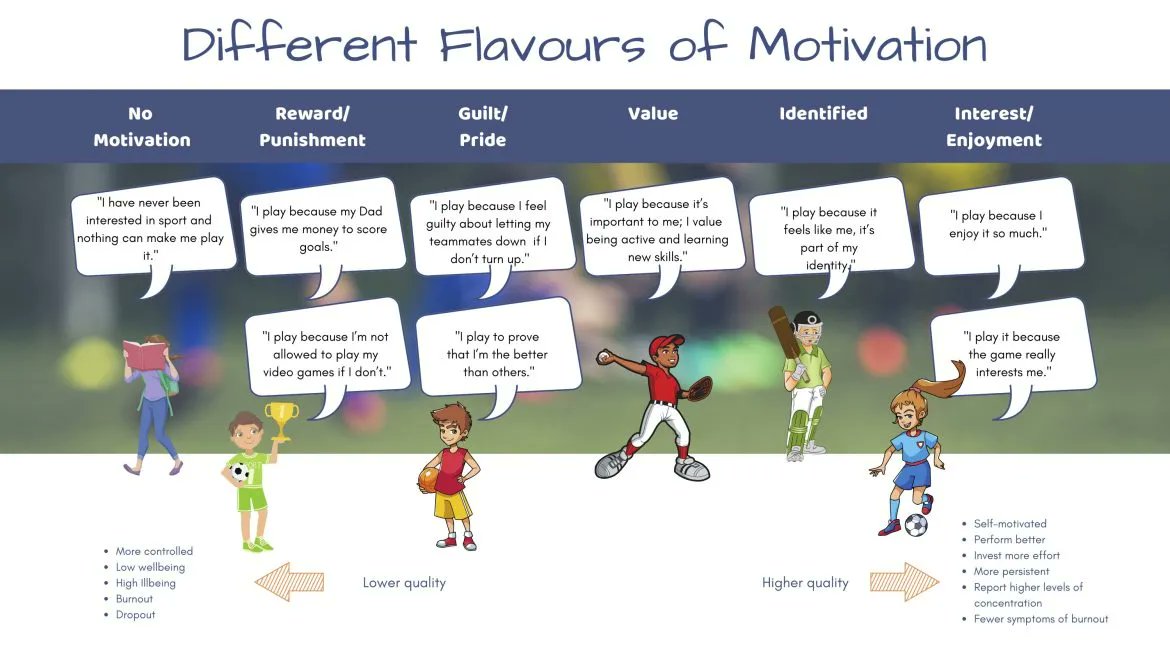Slemp, G. R., Field, J. G., Ryan, R. M., Forner, V. W., Van den Broeck, A., & Lewis, K. J. (2024). Interpersonal supports for basic psychological needs and their relations with motivation, well-being, and performance: A meta-analysis. Journal of Personality and Social Psychology.
People’s motivational processes, well-being, and performance are likely to be facilitated through the support of others.
Self-determination theory argues that interpersonal supports for autonomy, competence, and relatedness are crucial to achieve these outcomes. In the present study, we provide a comprehensive examination of this formulation based on a meta-analytic database consisting of 4,561 effect sizes from 881 independent samples (N = 443,556). Our results indicate that supports for autonomy, competence, and relatedness were strongly positively related with the satisfaction of these basic needs and strongly negatively related to their frustration.
Interpersonal supports for basic needs were strongly positively related with subjective well-being and exhibited small to moderate positive associations with performance. Moderation analyses showed general stability of effects across cultures, although correlations of autonomy support to autonomous motivation weakened as a function of individualism. The opposite pattern was observed for the correlation between relatedness support and intrinsic motivation. Some effects also declined as a function of sample age and lag in measurements.
We also find that competence- and relatedness-supportive behaviors explained incremental variance in basic need satisfaction even after controlling for the more established effects of autonomy support. In addition, lateral need supports explained incremental variance in basic need satisfaction after controlling for vertical sources of support. In sum, our results are consistent with the premise that to support optimal motivation, well-being, and performance, a broad set of behaviors that nurture all three basic needs, together with different sources of interpersonal support, should be considered to yield the most benefit.
Practical implications
For instance, in the workplace, Jungert et al. (2018) empirically examined an intervention specifically aimed to engender need-supportive interpersonal behaviors within work teams through implementing peer-to-peer exercises that aimed to develop perspective-taking, effective communication, and collaboration. Results showed the intervention exerted benefits on need satisfaction and autonomous motivation. Our meta-analysis offers additional empirical support for such efforts. Indeed, as we have noted, in some instances our findings showed that lateral supports for basic needs exerted even more dramatic effects than vertical sources, suggesting peers represent a potential underutilized source of nourishment that could be more involved in intervention design, delivery, and maintenance.






